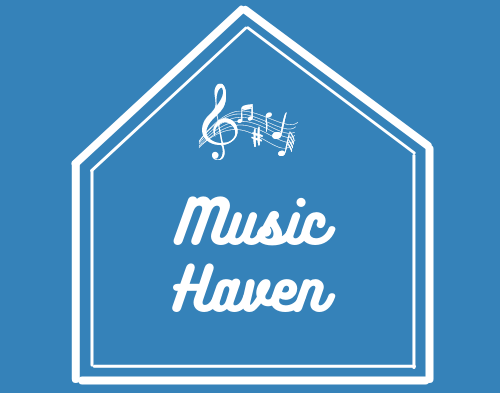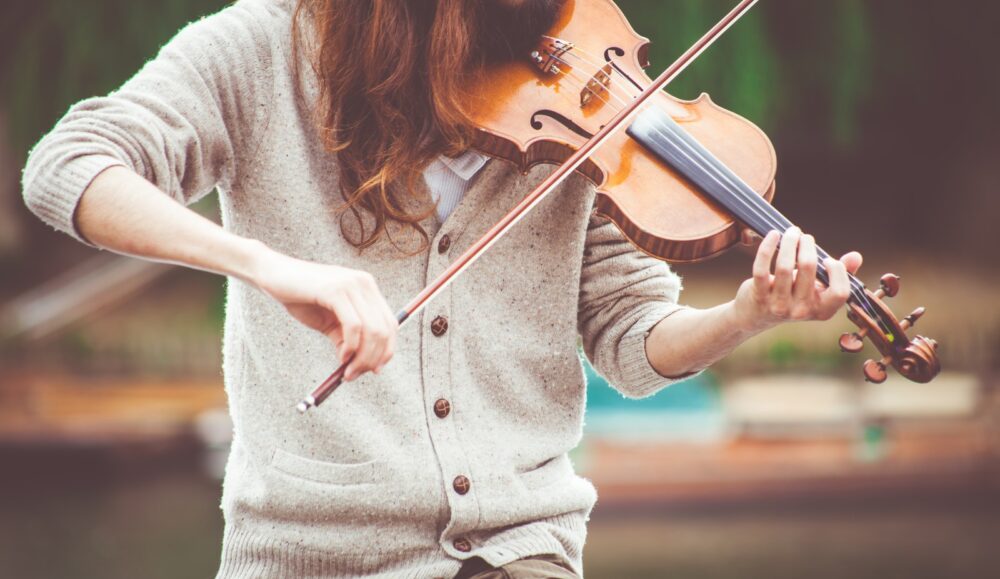Music Therapy In Relation To Grief and Mourning
After the disastrous 2008 Sichuan earthquake in China, which resulted in the deaths of approximately 70,000 people, a music therapy educator took three teams of music therapy students to provide music performances and activities to survivors and relief workers, and children returning to schools. Research revealed that earthquake survivors of all ages can benefit from activities offered by music therapy. Music performances provided opportunities to relax, reflect, exercise, socialize, and share positive times with families and local communities. Music serves as a ray of hope for families who have experienced devastation around them.
Traditional ceremonial music often involves the supernatural, and community participation often focuses upon shared ways of dealing with loss and death. But if this is substituted or accompanied by the music of the departed, it allows families and friends with shared music histories to experience unspoken and meaningful moments. These memories can later be relived in mourners’ imaginations, shared discussions, and embodied expressions, including art and craftwork.
Mourners can be helped immensely, whereby dying patients leave information and messages to those left behind. This includes patients’ recorded song compositions prefaced with significant messages and music-based life reviews. It may support the bereaved and also assist the creators to prepare for death.

Music therapy can benefit many of these patients and families through supporting the cathartic release, helping the rebuilding of grief-affected lives, affirming lifetime contributions, and aiding in legacy creation.
Music therapists use varied, individualized, flexible, patient- and family-centered, and evidence-based approaches to help people mourn. In modern healthcare, music therapists endeavor to continue this tradition, exploring and enabling opportunities for mourning music to promote individual and community coping and well-being.


